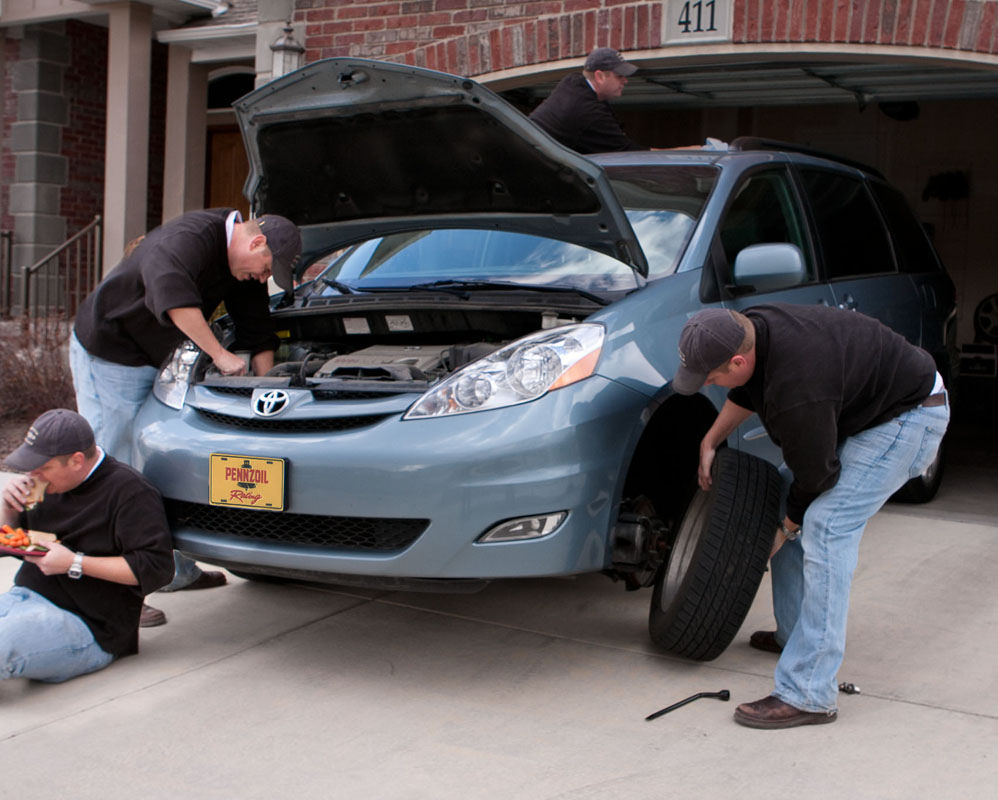It’s a huge industry, so we really shouldn’t be surprised to see the mammoth amount of myths that blight vehicle owners. The amount of contrasting information out there is frightening and considering how much maintenance plays a part in a vehicle’s lifespan, it can make life very difficult.

For every Omega Auto Care providing genuine advice about car repairs, there’s another publication detailing something that might not be quite as accurate. All in all, it’s a minefield – and this is where the following page should come into play.
While the amount of car maintenance myths will probably stretch into the thousands, we have picked out the following few which should just clarify a few of the big issues.
Myth #1 – The dealership is the only place for maintenance
Well, let’s start with a classic – and one that most dealerships would love for you to believe.
The general consensus is that most warranties will dictate that any repair work has to be performed by the dealership for it to remain valid. While you should always double-check the small print, on the vast majority of occasions you will be permitted to take the vehicle to any shop – as long as the maintenance is performed as per the schedule in the manual.
Myth #2 – Premium fuel is better for your vehicle
There is a little substance behind this myth as if you’re driving a premium vehicle, premium fuel can make a difference. However, average cars won’t experience any benefits whatsoever – making it a complete waste of money for some drivers.
To put the ‘premium’ label into context, it generally covers high-end cars such as the Porsche 718 Boxter, or the Jaguar XE.
Myth #3 – You can find your tire pressure through the sidewall
A tire’s sidewall is able to tell you a lot of information, most of which is very useful. However, you shouldn’t necessary trust the numbers which are printed in relation to tire pressure.
We’re by no means suggesting that tire manufacturers are putting false informtaion out there – but something that a lot of vehicle owners don’t realize is that the data isn’t going to be accurate for every vehicle. It largely depends on the car and as such, your owner’s manual should be your trusty guide in this case. Sure, use the sidewall for a ballpark figure, but don’t take it as gospel as the requirements can vary substantially between vehicles.
Myth #4 – You must change your oil every 3,000 miles
We’ll save the best until last, as this is one myth that seems to constantly do the rounds. Sure, many years ago it may have been true, but the vast majority of vehicles currently on the road most certainly don’t have to change their oil every 3,000 miles.
In truth, there’s no longer a “set standard”. Your car’s handbook will tell you exactly when to change the oil although to put things into perspective, on most occasions you’ll be told to do it every 7,500 miles or more.